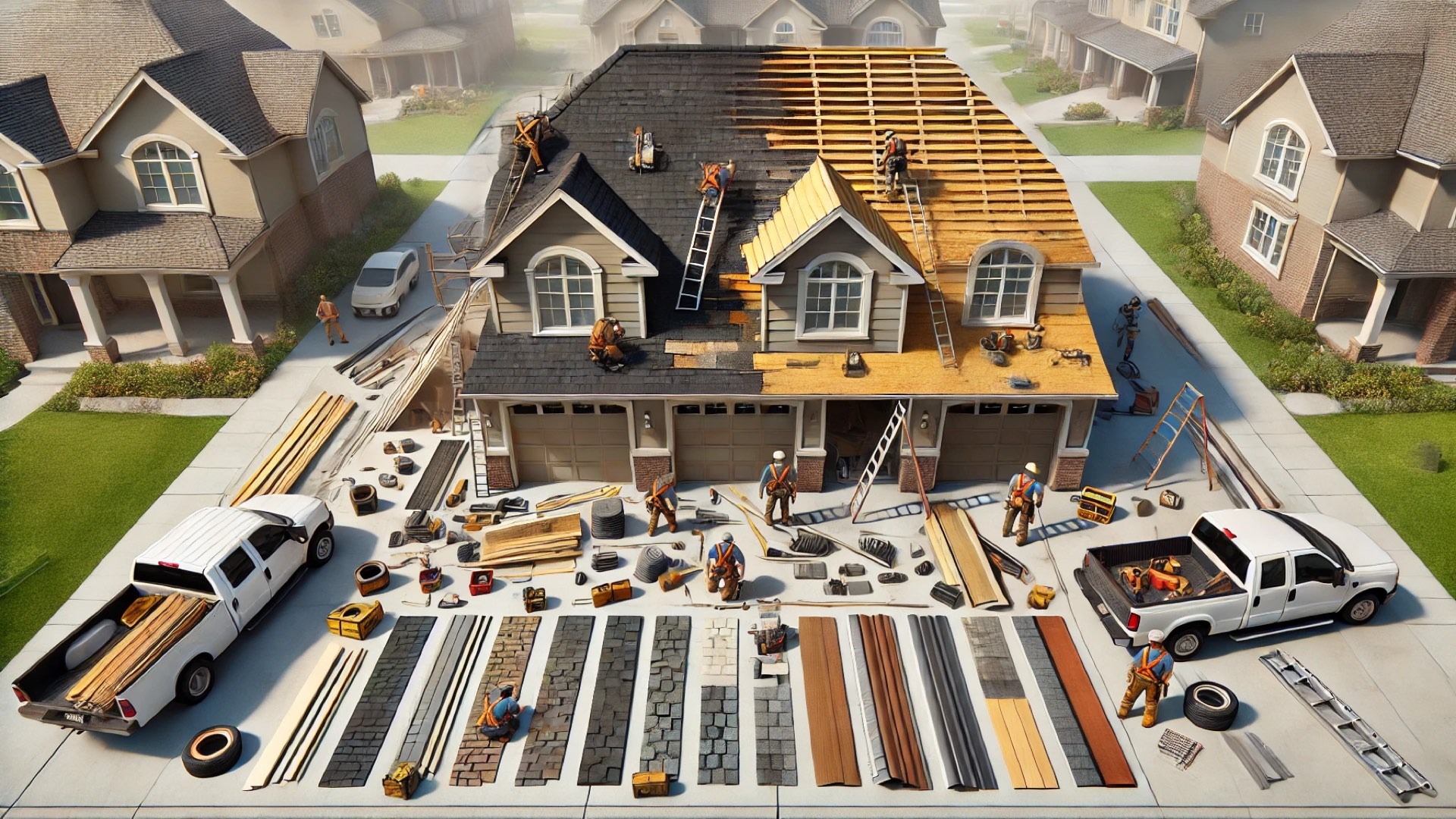
Assessing Your Roof’s Condition Before Replacement
Before diving into the complexities of roof replacement, it’s crucial to understand the current condition of your existing roof. This evaluation not only helps you determine whether a complete replacement is necessary, but it also guides you in planning a more efficient project. Common issues include missing shingles due to strong winds and aging, leaks that may stem from damaged flashing, and sagging areas indicating potential structural damage. By identifying these problems and assessing their risk levels, homeowners can make informed decisions about whether to proceed with repairs or a full roof replacement. Taking this step ensures you're only addressing the required scope of work without unnecessary expenses.
Choosing the Right Roofing Material: A Balancing Act
The choice of roofing material can often feel overwhelming, but it’s an essential part of the roof replacement process that directly impacts your home’s durability, aesthetic appeal, and energy efficiency. Common roofing materials include asphalt shingles, which are affordable and easy to install; metal roofing, known for its long lifespan and eco-friendliness; clay or concrete tiles, which offer a distinctive look and durability; slate, famous for its elegance and endurance; and wood shakes, which provide a natural aesthetic but require more maintenance. The decision should consider climate, personal preference, and your budget, ultimately aiming for a balance that maximizes the value of your investment.
Understanding the Importance of Budgeting
Setting a proper budget plays a pivotal role in any home improvement project, particularly for roof replacements. It’s vital to combine the costs of materials, labor, and potential unexpected expenses that may arise. Consider creating a clear budget plan and sticking to it can alleviate some of the stress associated with the replacement process. By outlining expected expenses and prioritizing quality over cost alone, homeowners can safeguard not just their wallets but the longevity and performance of their new roofs.
Future Trends in Roofing: What to Expect
As we look ahead, the roofing industry is evolving with emerging trends that emphasize sustainability and energy efficiency. Homeowners are increasingly choosing eco-friendly materials and technologies designed to reduce environmental impact. Innovations such as solar roofing and green roofs are gaining traction due to their ability to lower energy bills while enhancing home value. As a homeowner, staying abreast of these trends can provide insight into how to maximize the return on investment for your roof replacement.
Make Informed Decisions with Actionable Insights
Whether addressing a damaged roof or planning a preventive replacement, becoming educated about your options benefits not just your home, but also your peace of mind. Take time to research different materials, engage with potential contractors, and compare warranties. A well-informed homeowner is less likely to make costly mistakes and is more apt to achieve satisfactory results. Consider reaching out to trusted roofing professionals for personalized advice tailored to your specific needs.
 Add Row
Add Row  Add
Add 




Write A Comment